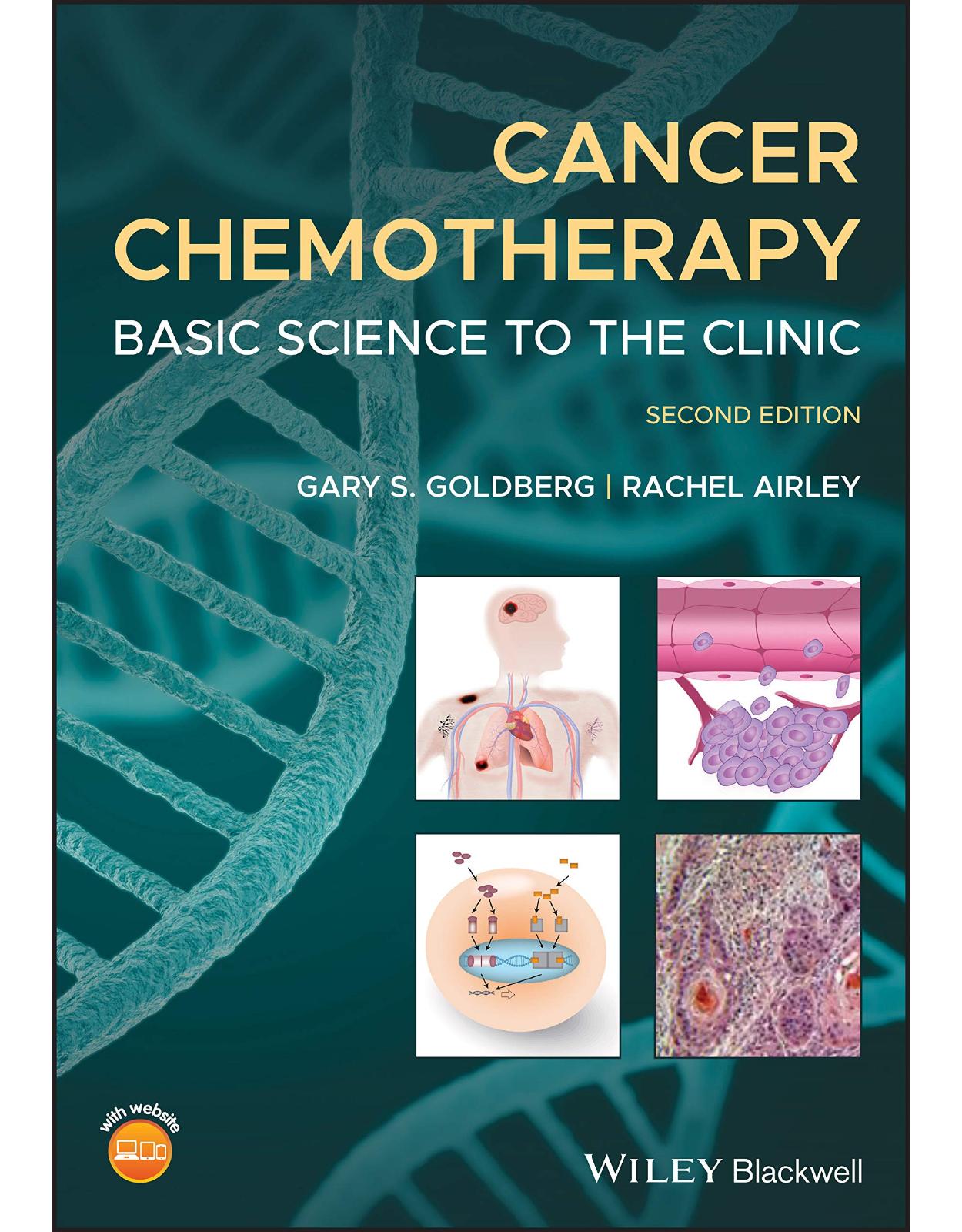
Cancer Chemotherapy: Basic Science to the Clinic, 2nd Edition
Livrare gratis la comenzi peste 500 RON. Pentru celelalte comenzi livrarea este 20 RON.
Disponibilitate: La comanda in aproximativ 4 saptamani
Editura: Wiley
Limba: Engleza
Nr. pagini: 320
Coperta: Softcover
Dimensiuni: 17.27 x 2.54 x 24.38 cm
An aparitie: 2020
Description:
Provides a clear and accessible summary of all stages and aspects of the discovery, design, development, validation and clinical use of anticancer drugs
This new edition provides an update on the current state of the art of cancer chemotherapy and clinical practice and presents new pipeline anticancer agents and promising therapeutic strategies that are emerging alongside new breakthroughs in cancer biology. Its unique approach enables students to gain an understanding of the pathological, physiological, and molecular processes governing malignancy, while also introducing the role of health professionals and scientists in the research and treatment of cancer.
Invaluable for its clarity and accessibility, Cancer Chemotherapy: Basic Science to the Clinic, 2nd Edition offers complete coverage of the scientific and clinical aspects of the creation, development, and administration of drugs or drug regimens used in the treatment of the disease. Chapters look at: cancer epidemiology and histopathology; carcinogenesis; current research; tumor hypoxia; antiangiogenic and antivascular agents; protein kinase and Ras blockers; new targets associated with development such as Hedgehog and Wnt signaling; stem cells; immunotherapy and oncolytic viruses; and more.
Presents a clear, accessible, and comprehensive approach to cancer chemotherapy from basic science to clinical practice
Offers a major update that reflects the latest developments in personalized chemotherapy
Provides in-depth coverage of advances in biomarker diagnostics
Includes new chapters/sections on bioinformatics and the ‘omic sciences’; pharmaceutical strategies used to achieve tumor-selective drug delivery; and cancer cell autophagy
Combines descriptions of both clinical protocol and explanations of the drug design process in one self-contained book
Features numerous diagrams and illustrations to enhance reader understanding
Aimed at upper undergraduate, graduate, and medical students, Cancer Chemotherapy: Basic Science to the Clinic, 2nd Edition is also an excellent reference for health professional, especially clinicians specializing in Clinical Oncology, and their patients who want to gain an understanding of cancer and available treatment options.
Table of contents:
1 Cancer Epidemiology
1.1 Cancer Incidence and Mortality
1.2 Childhood Cancer
1.3 Global Epidemiology
1.4 Cancer Survival Rates
1.5 Summary and Conclusions
Further Reading
2 Cancer Histopathology
2.1 Cancer Morphology, Phenotype, and Nomenclature
2.2 Apoptosis
2.3 Necrosis
2.4 Autophagy and Others
2.5 Summary and Conclusions
Further Reading
3 Carcinogenesis
3.1 Initiation
3.2 Promotion
3.3 Progression and Environmental Carcinogenesis
3.4 Cell Cycle
3.5 Summary and Conclusions
Further Reading
4 Molecular Biology of Cancer
4.1 Oncogenes: Disruptors and Instigators
4.2 Cellular Oncogenes
4.3 Viral Oncogenes
4.4 Altered Oncogenic Products
4.5 Biological Carcinogens
4.6 Tumor Suppressor Genes
4.7 Familial Cancers and Cancer Syndromes
4.8 Summary and Conclusions
Further Reading
5 Cancer Metastasis
5.1 Detachment from the Primary Tumor
5.2 Migration of Cancer Cells from Primary Tumor
5.3 Intravasation of Tumor Cells into Vessels
5.4 Metastatic Transport
5.5 Extravasation
5.6 Growth of the Metastatic Tumor Mass
5.7 Summary and Conclusions
Further Reading
6 Health Professionals and Cancer Treatment
6.1 Pathology
6.2 Radiology
6.3 Biopsies
6.4 Surgical Treatment
6.5 Oncology Pharmacy
6.6 Oncology Nursing
6.7 Artificial Intelligence and Healthcare
6.8 Summary and Conclusions
Further Reading
7 Principles of Cancer Chemotherapy
7.1 Staging, Treatment, and Monitoring
7.2 General Types of Chemotherapy
7.3 Biomarker Uses and Limitations
7.4 Pharmacogenetics, Pharmacogenomics, Pharmacokinetics, Pharmacodynamics, and Personalized Medicine
7.5 Summary and Conclusions
Further Reading
8 Cytotoxic Compounds
8.1 Alkylating Agents
8.2 Intercalating Agents
8.3 Topoisomerase Blockers
8.4 Tubulin Disruptors
8.5 Summary and Conclusions
Further Reading
9 Antimetabolites and Hormonal Blockers
9.1 Nucleic Acid Analogs
9.2 Folate Analogs
9.3 Amino Acid Blockers
9.4 Hormone Modulators
9.5 Estrogen Antagonists
9.6 Aromatase Inhibitors
9.7 Antiandrogens
9.8 Endocrine Therapy
9.9 Summary and Conclusions
Further Reading
10 Cancer Research
10.1 Gel Electrophoresis Methods
10.2 Polymerase Chain Reaction
10.3 Molecular Cloning
10.4 Enzyme‐Linked Immunosorbent Assay, Immunohistochemistry, and Immunofluorescence
10.5 Mass Spectroscopy and Proteomics
10.6 Genomics, Transcriptomics, and Metabolomics
10.7 Microarrays
10.8 Cell Culture and Exogenous Expression Strategies
10.9 Protein Expression and Targeting
10.10 Animal Models
10.11 Delivery Systems
10.12 Resources
10.13 Summary and Conclusions
Further Reading
11 Clinical Trials
11.1 Clinical Trial Design
11.2 Clinical Trials Governance and Quality Assurance
11.3 Clinical Trial Ethics
11.4 Clinical Trial Study Schema
11.5 Measurement of Clinical Endpoints, Response, and Outcomes
11.6 Local and National Organization of Clinical Trials
11.7 Summary and Conclusions
Further Reading
12 Tumor Hypoxia
12.1 Effects of Hypoxia on Chemotherapy
12.2 Energy Reprogramming and the Warburg Effect
12.3 Hypoxia‐Inducible Factor
12.4 Lactate Dehydrogenase and Carbonic Anhydrase
12.5 Hypoxic Vascularization and Imaging
12.6 Bioreductive Drugs
12.7 Summary and Conclusions
Further Reading
13 Antiangiogenic and Antivascular Agents
13.1 History of Antiangiogenic Chemotherapy
13.2 Endogenous Integrin Blockers
13.3 Matrix Metalloproteinase Inhibitors
13.4 Synthetic Integrin Blockers
13.5 The Return of Thalidomide
13.6 Vascular Disrupting Agents
13.7 Antiangiogenic Antibodies
13.8 Summary and Conclusions
Further Reading
Note
14 Protein Kinase and Ras Blockers
14.1 Signal Transduction
14.2 Receptor Tyrosine Kinase Blockers
14.3 Nonreceptor Tyrosine Kinase Blockers
14.4 Receptor Serine/Threonine Kinase Blockers
14.5 Nonreceptor Serine/Threonine and Multiple Kinase Blockers
14.6 Ras and PLC Blockers
14.7 Summary and Conclusions
Further Reading
15 Modulating Global Gene and Protein Expression
15.1 Stress Protein Inhibitors
15.2 Proteasome Inhibitors
15.3 Ubiquitin Ligase Inhibitors
15.4 Histone Deacetylase Inhibitors
15.5 DNA Methylation Inhibitors
15.6 Summary and Conclusions
Further Reading
16 Stem Cells – Telomerase, Wnt, Hedgehog, Notch, and Galectins
16.1 Telomerase Blockers
16.2 Wnt Blockers
16.3 Hedgehog Blockers
16.4 Notch Blockers
16.5 Galectin Blockers
16.6 Summary and Conclusions
Further Reading
17 Immunotherapy and Oncolytic Viruses
17.1 Immunization
17.2 Immune Checkpoint Blockers
17.3 Chimeric Antigen Receptor T‐Cells
17.4 Oncolytic Viruses
17.5 Summary and Conclusions
Further Reading
18 Pharmaceutical Problems in Cancer Chemotherapy
18.1 Manifestation of Toxicity
18.2 Regimen‐Related Toxicity
18.3 Secondary Malignancies
18.4 Drug Resistance
18.5 Pharmaceutical Complications
18.6 Phlebitis and Venous Irritation
18.7 Health and Safety
18.8 National Guidance on the Safe Administration of Intrathecal Chemotherapy
Further Reading
Index
End User License Agreement
| An aparitie | 2020 |
| Autor | Gary S. Goldberg (Editor), Rachel Airley (Editor) |
| Dimensiuni | 17.27 x 2.54 x 24.38 cm |
| Editura | Wiley |
| Format | Softcover |
| ISBN | 9781118963852 |
| Limba | Engleza |
| Nr pag | 320 |
-
47600 lei 44400 lei

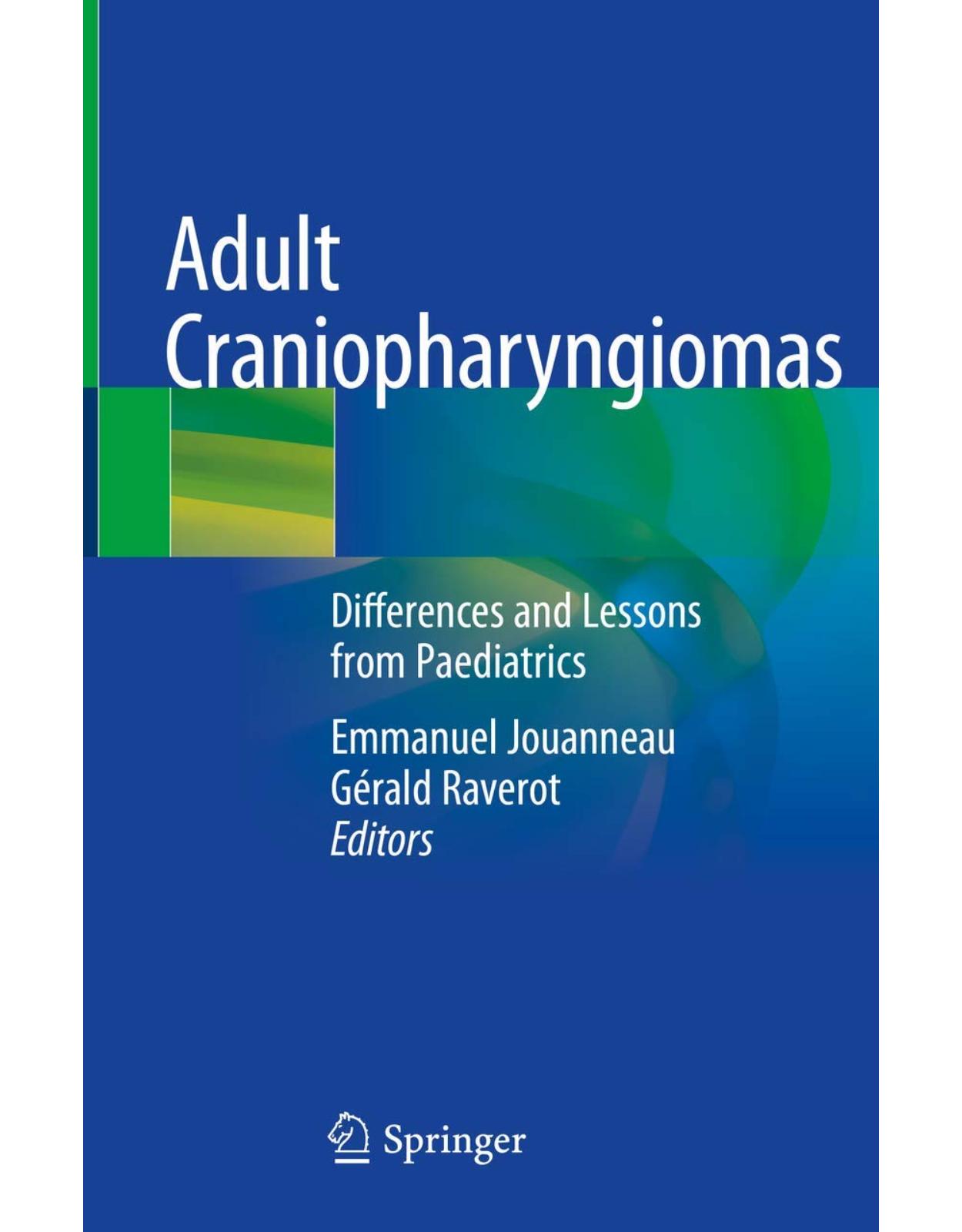
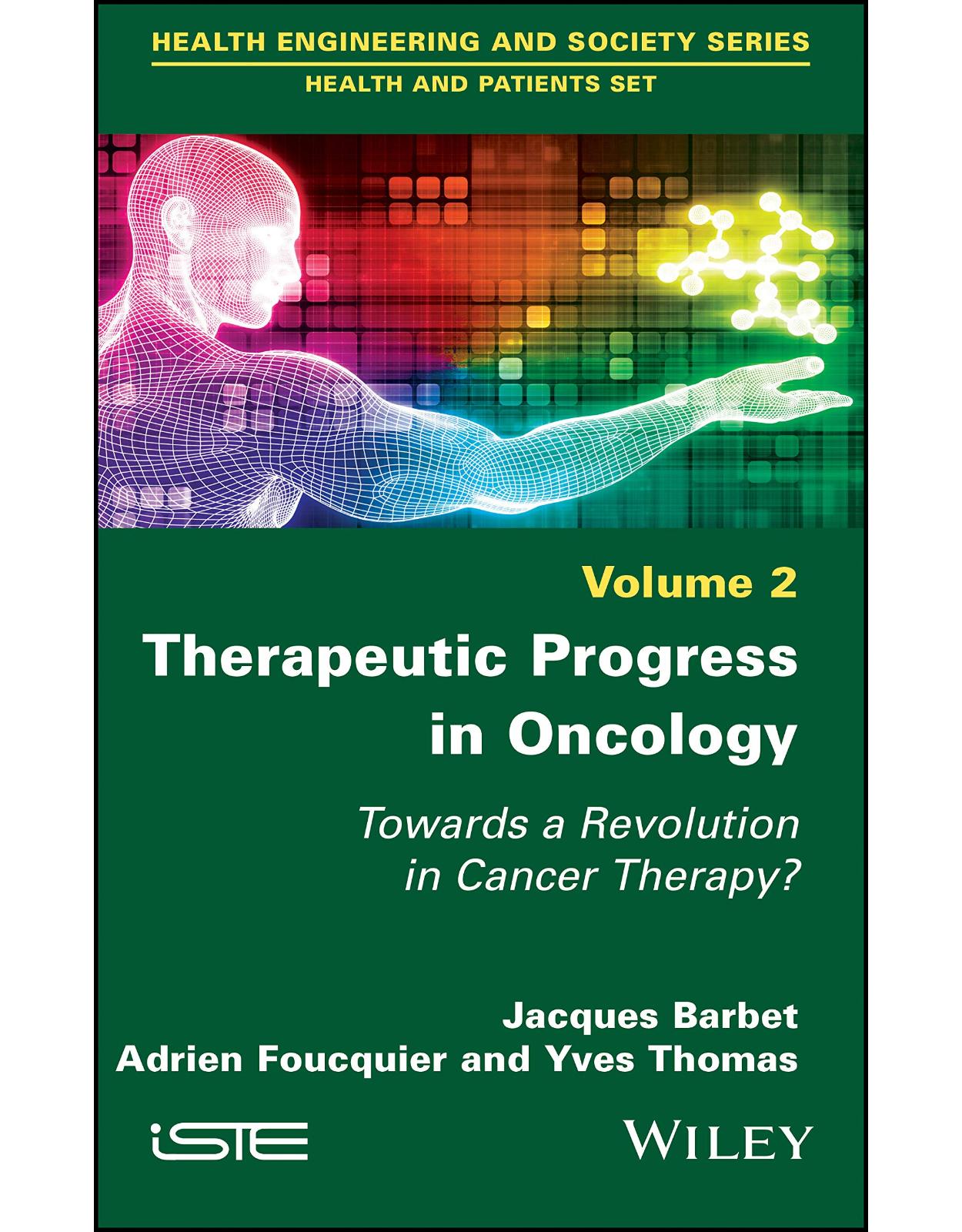
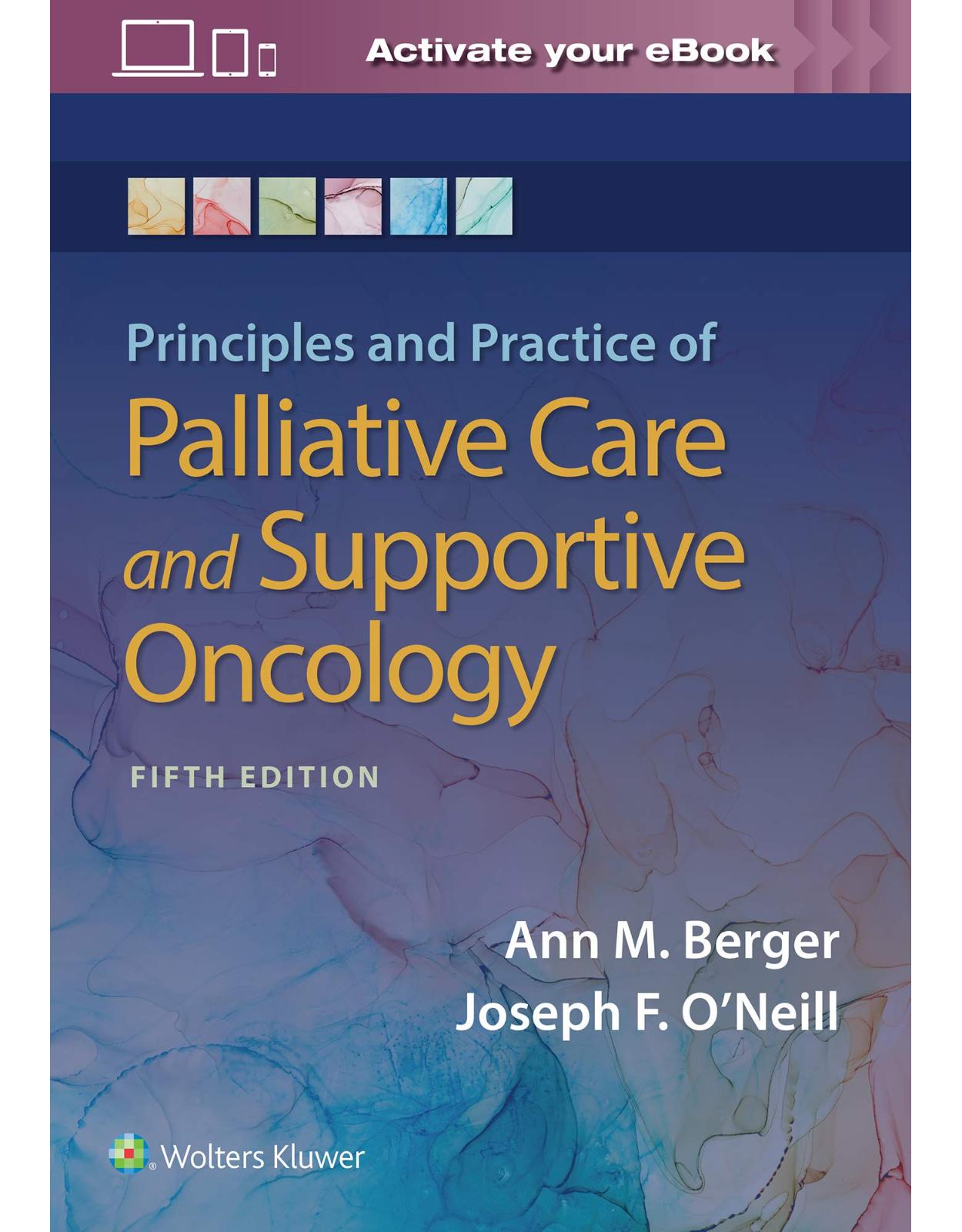
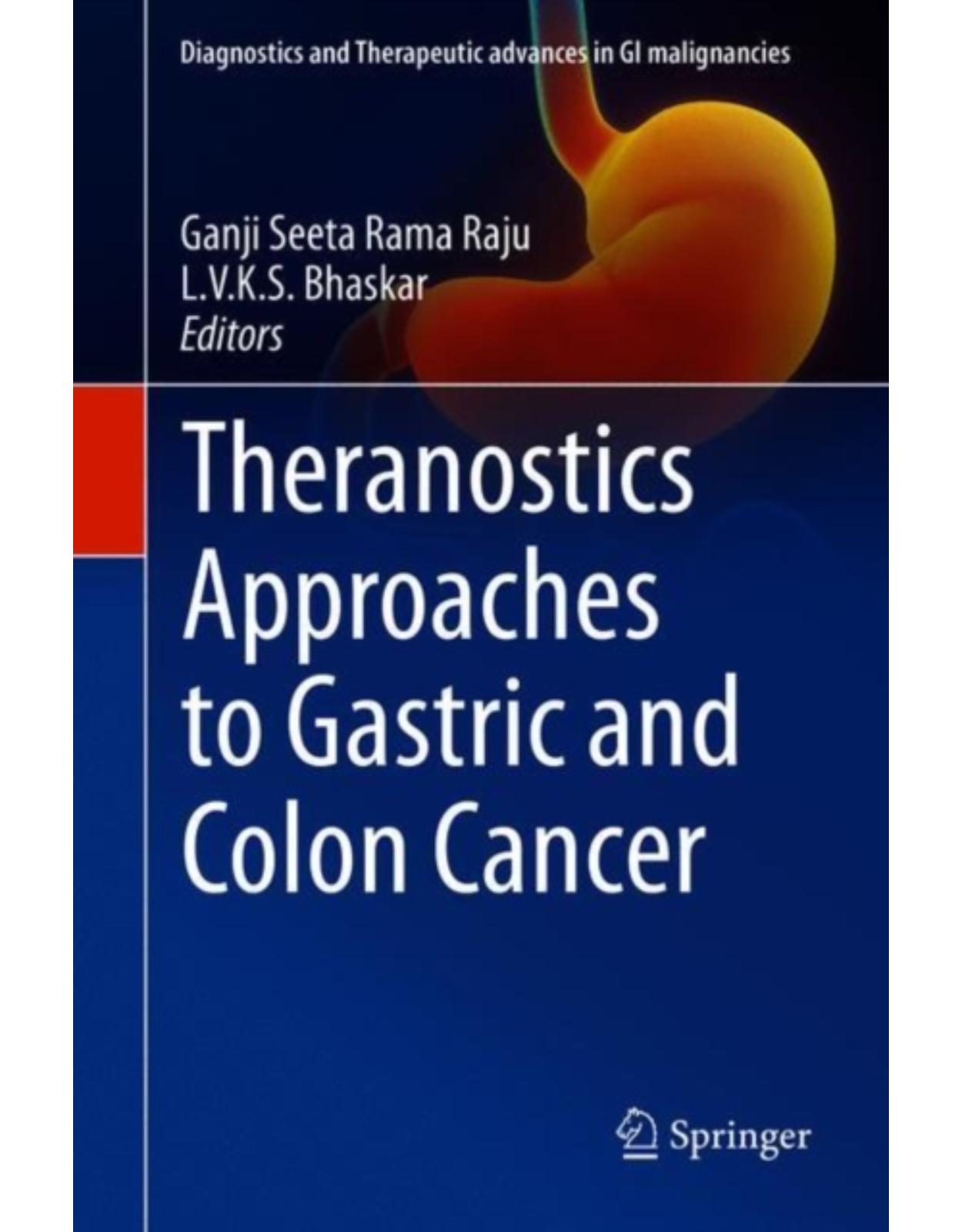
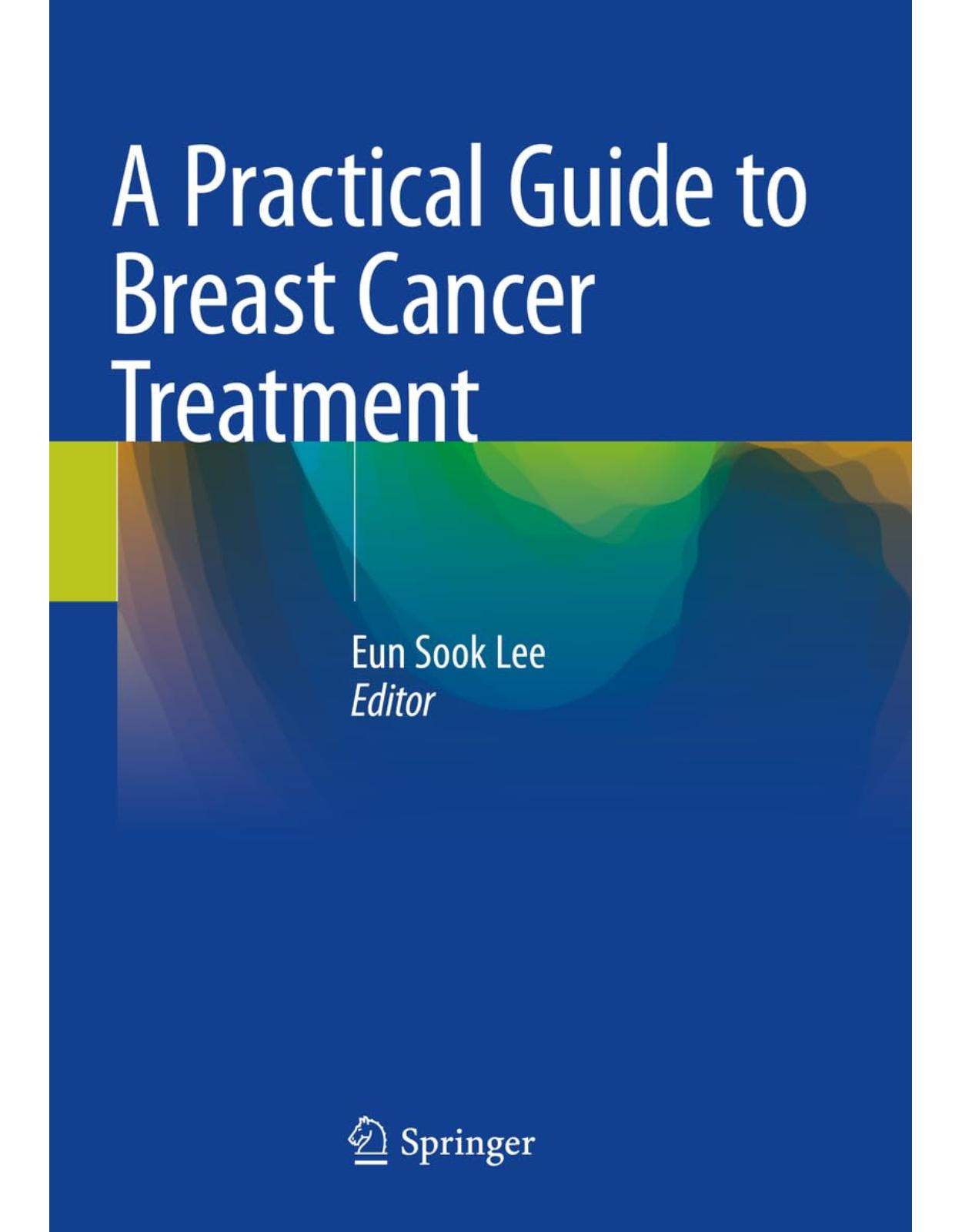
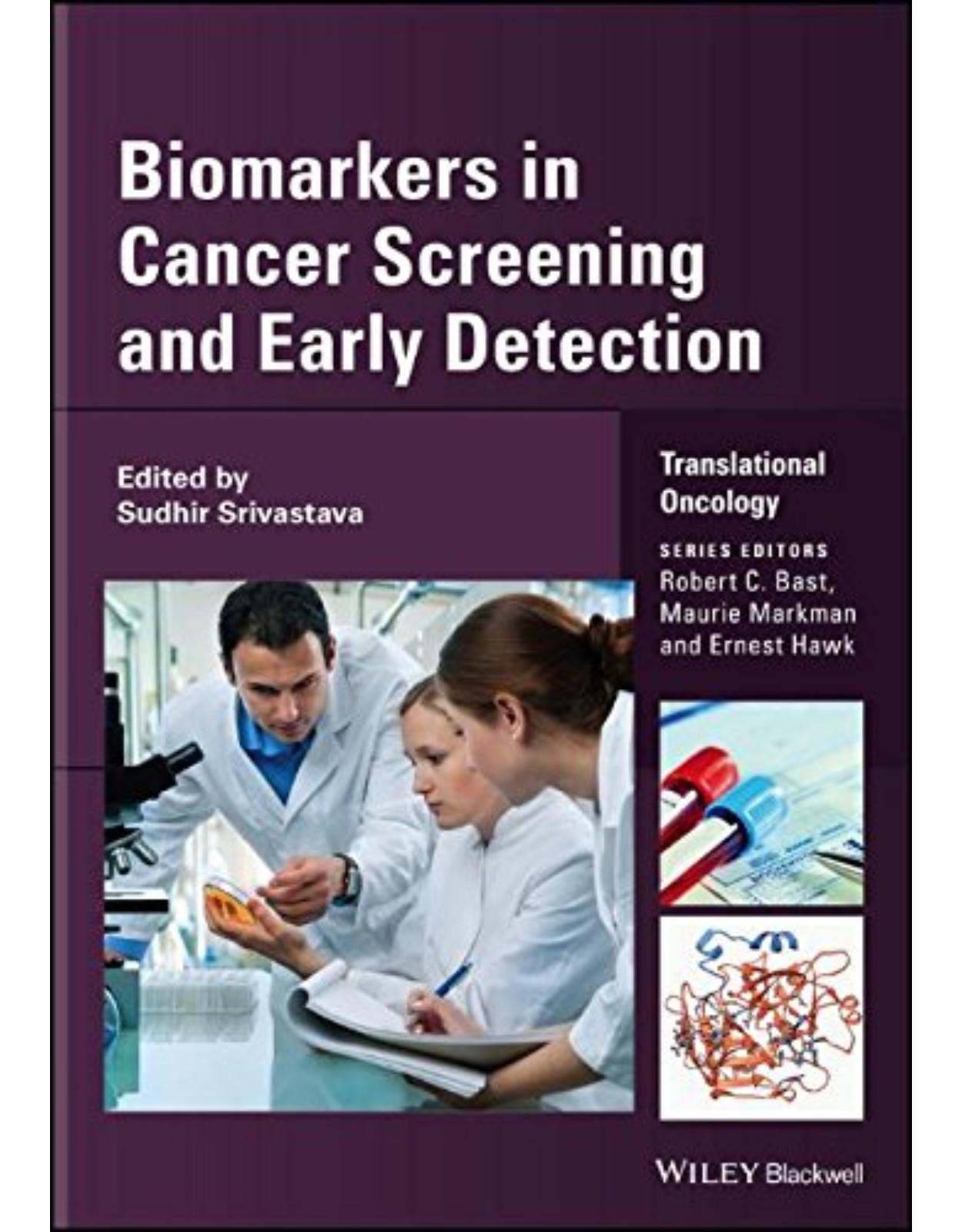
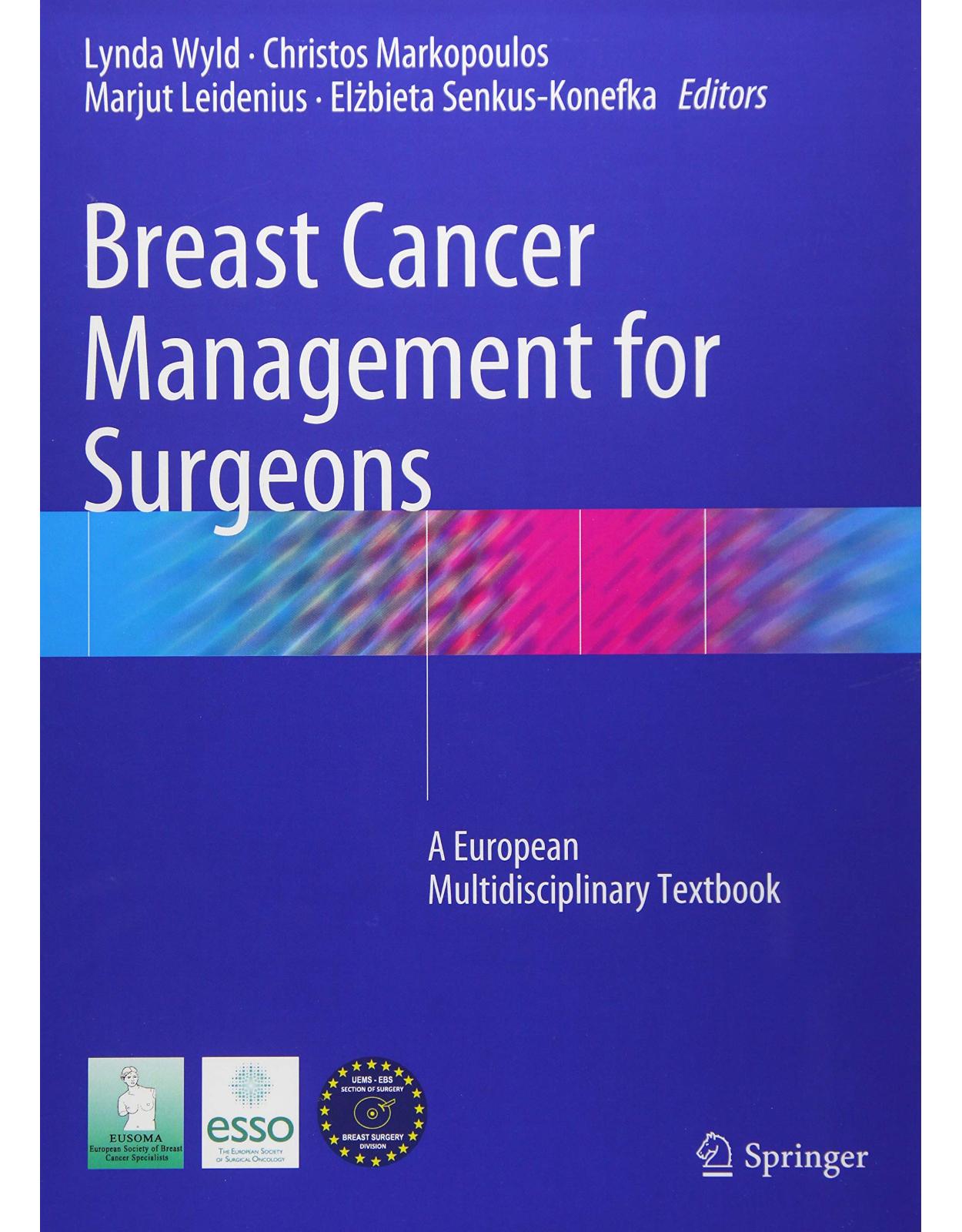
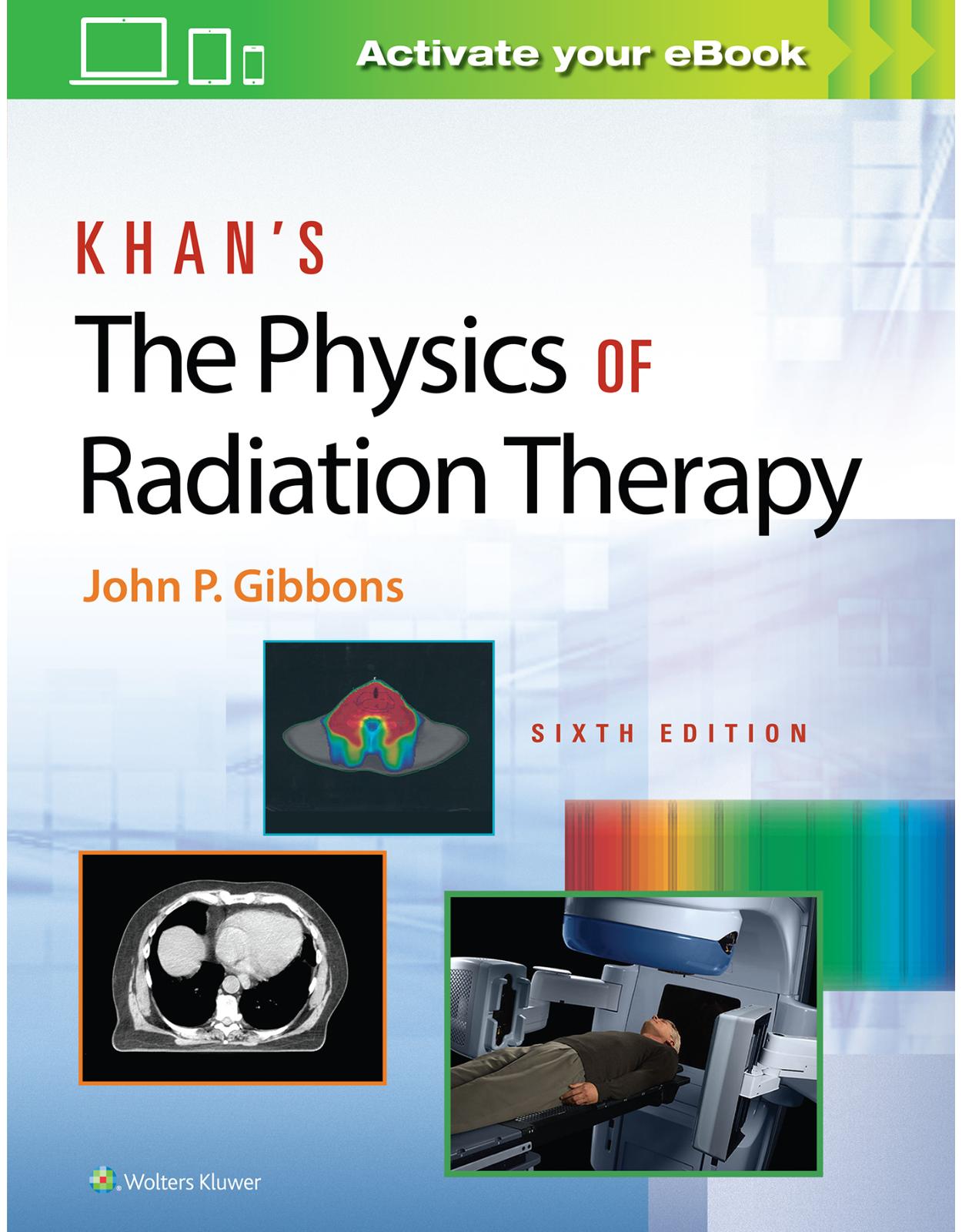
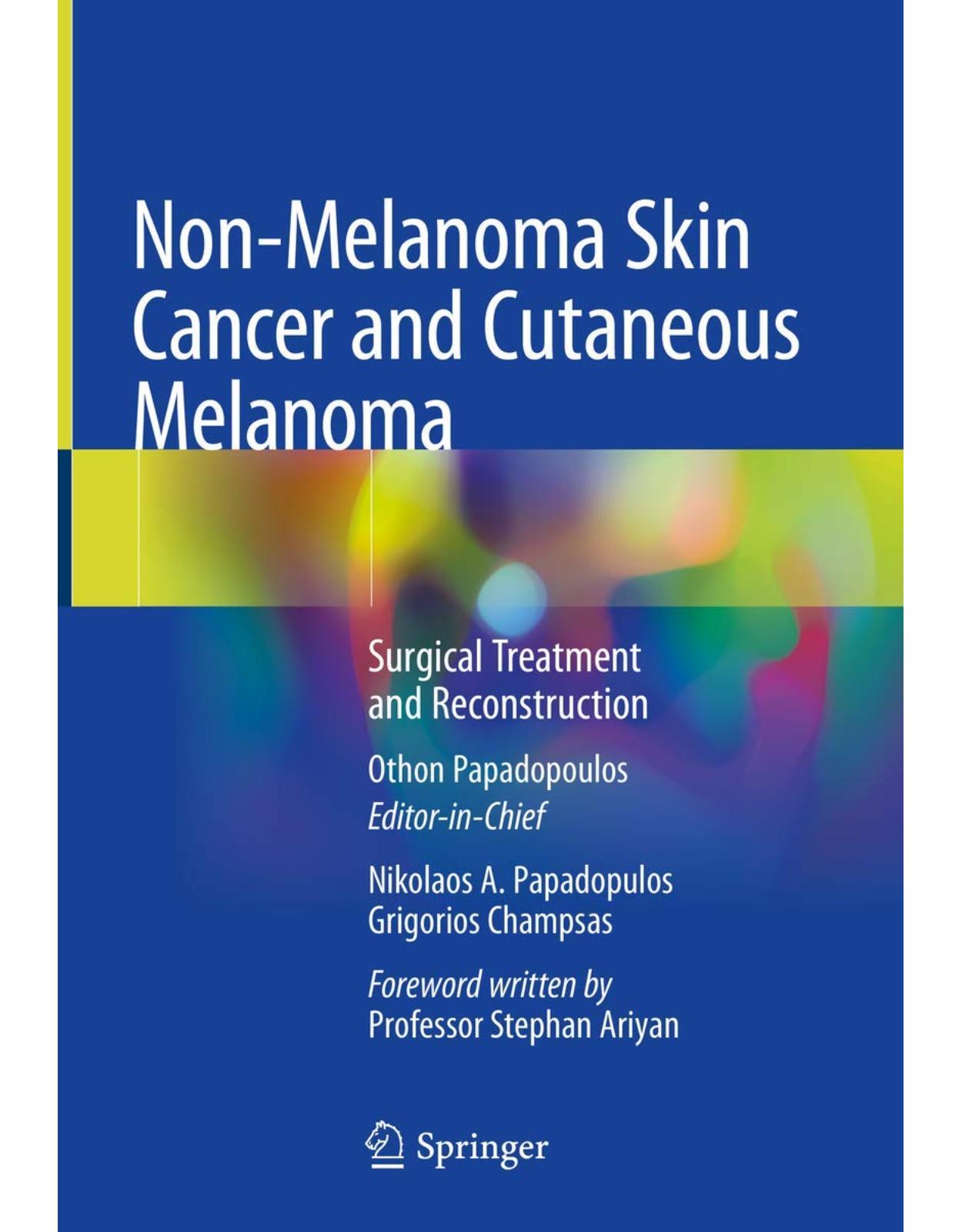
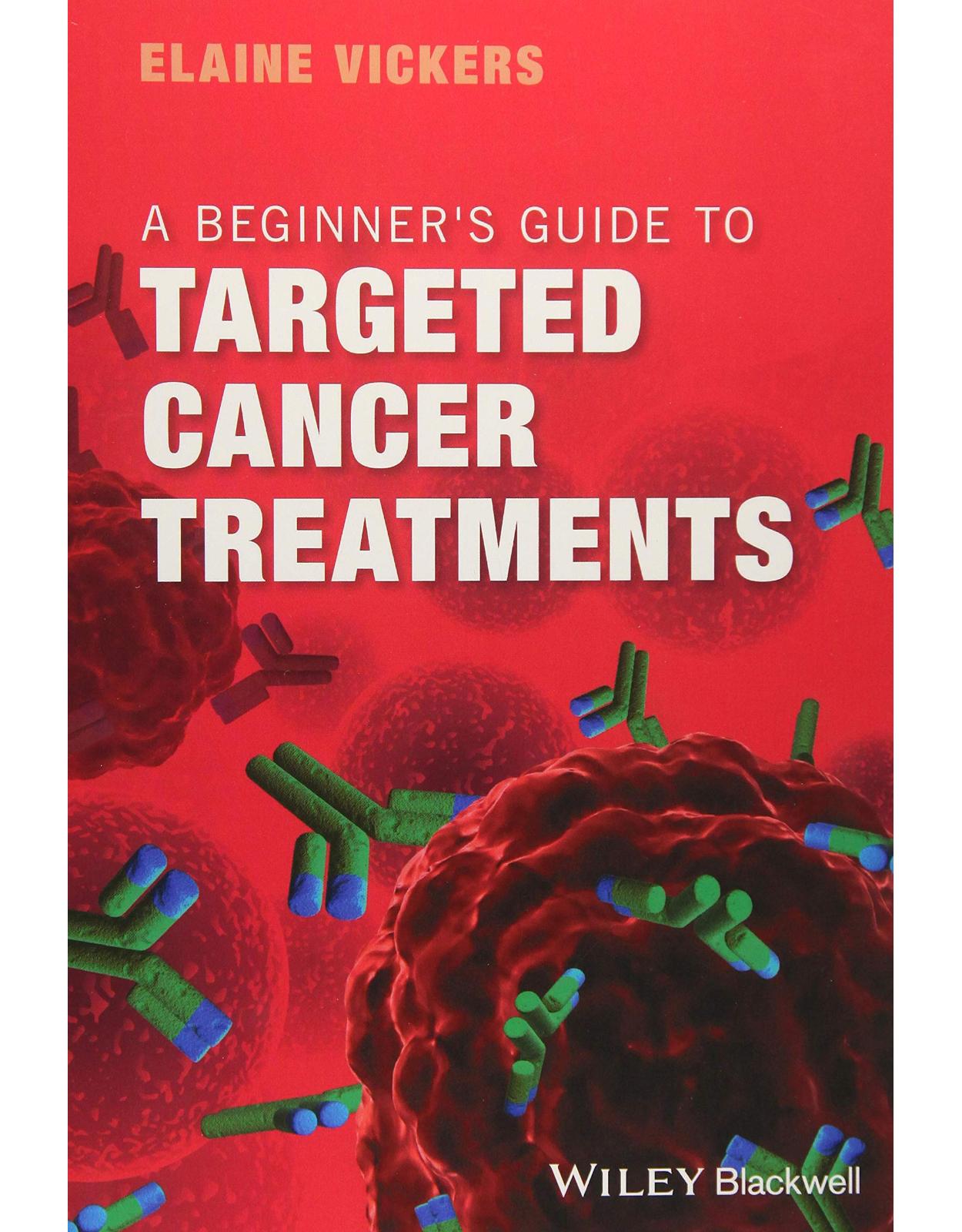
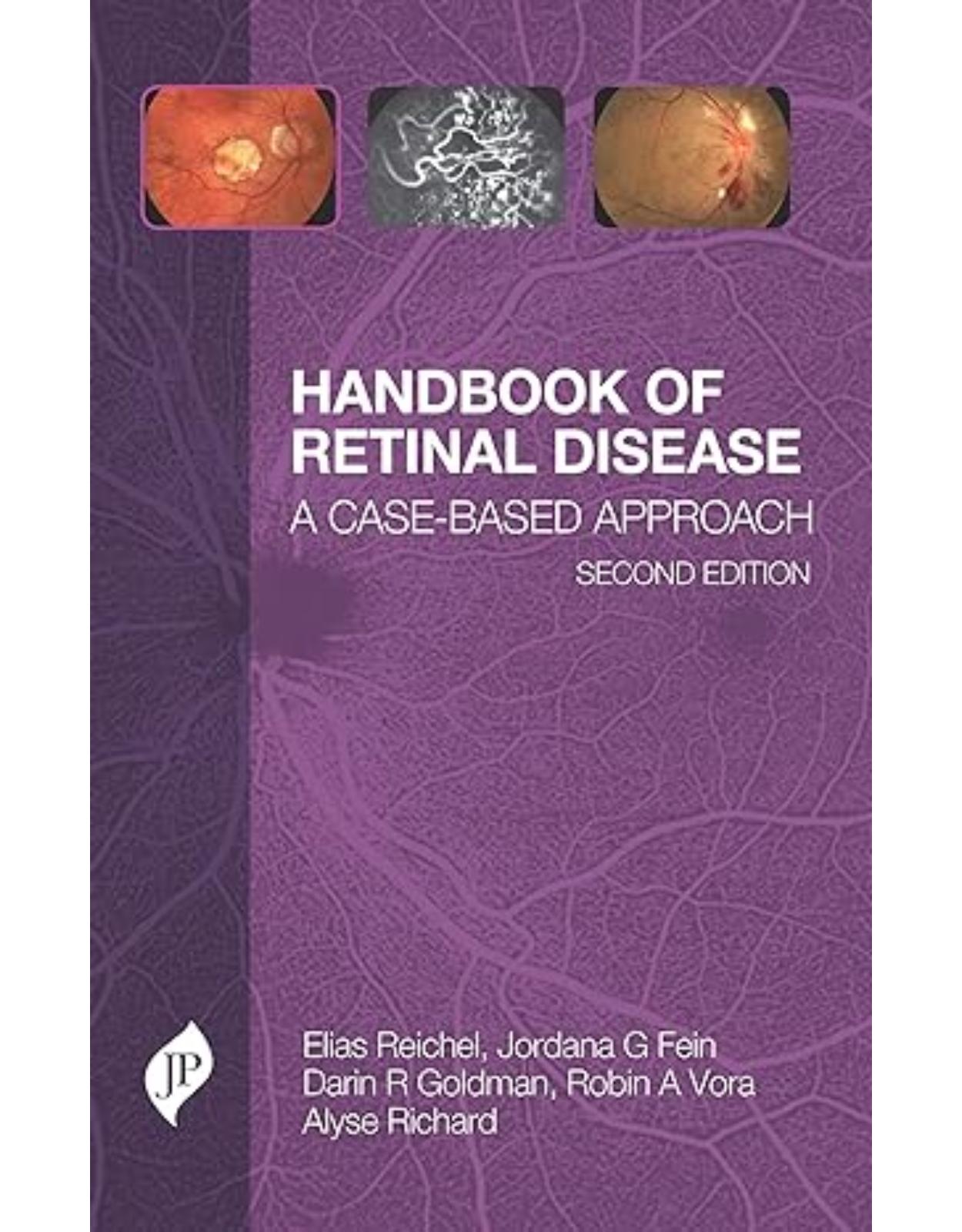
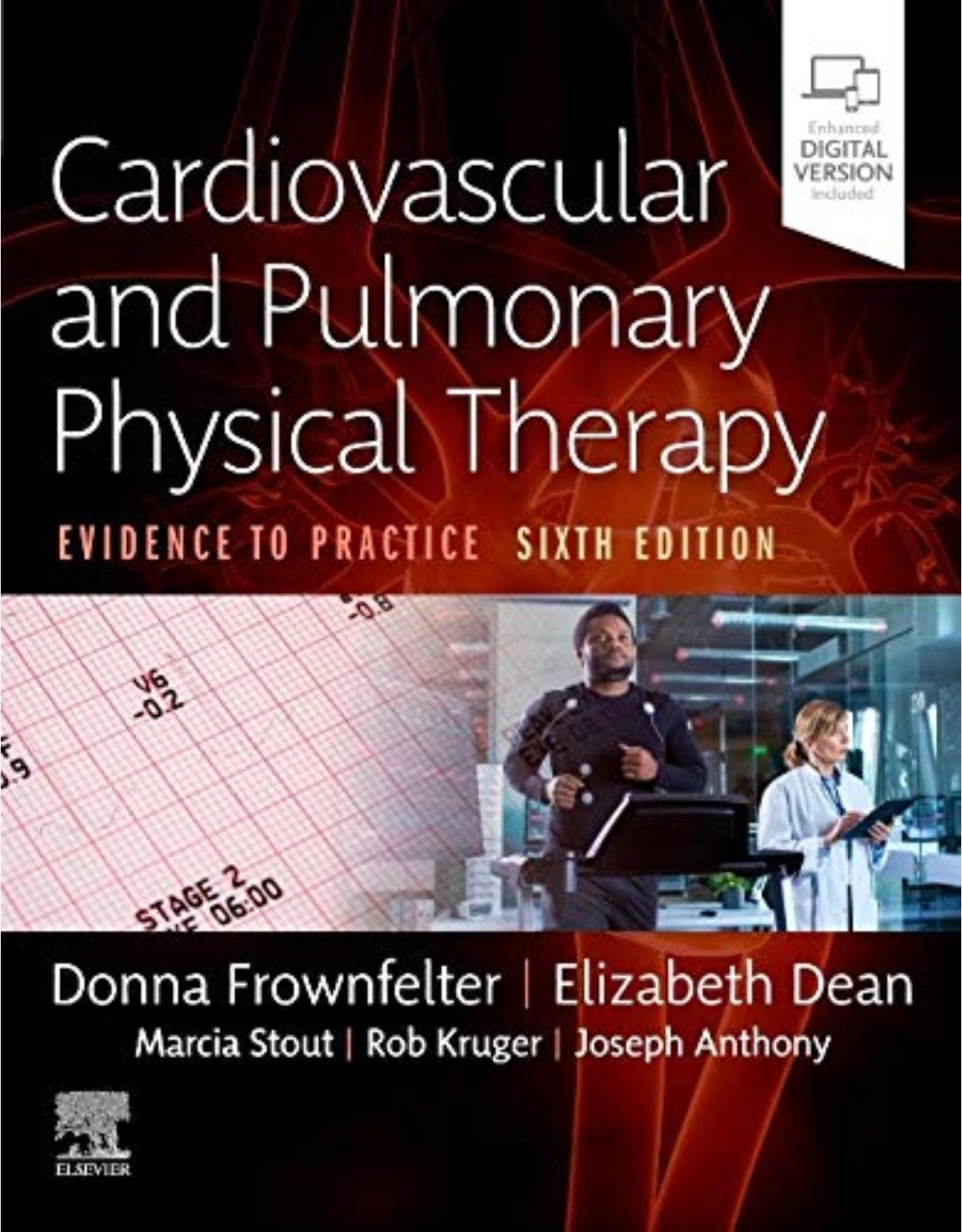
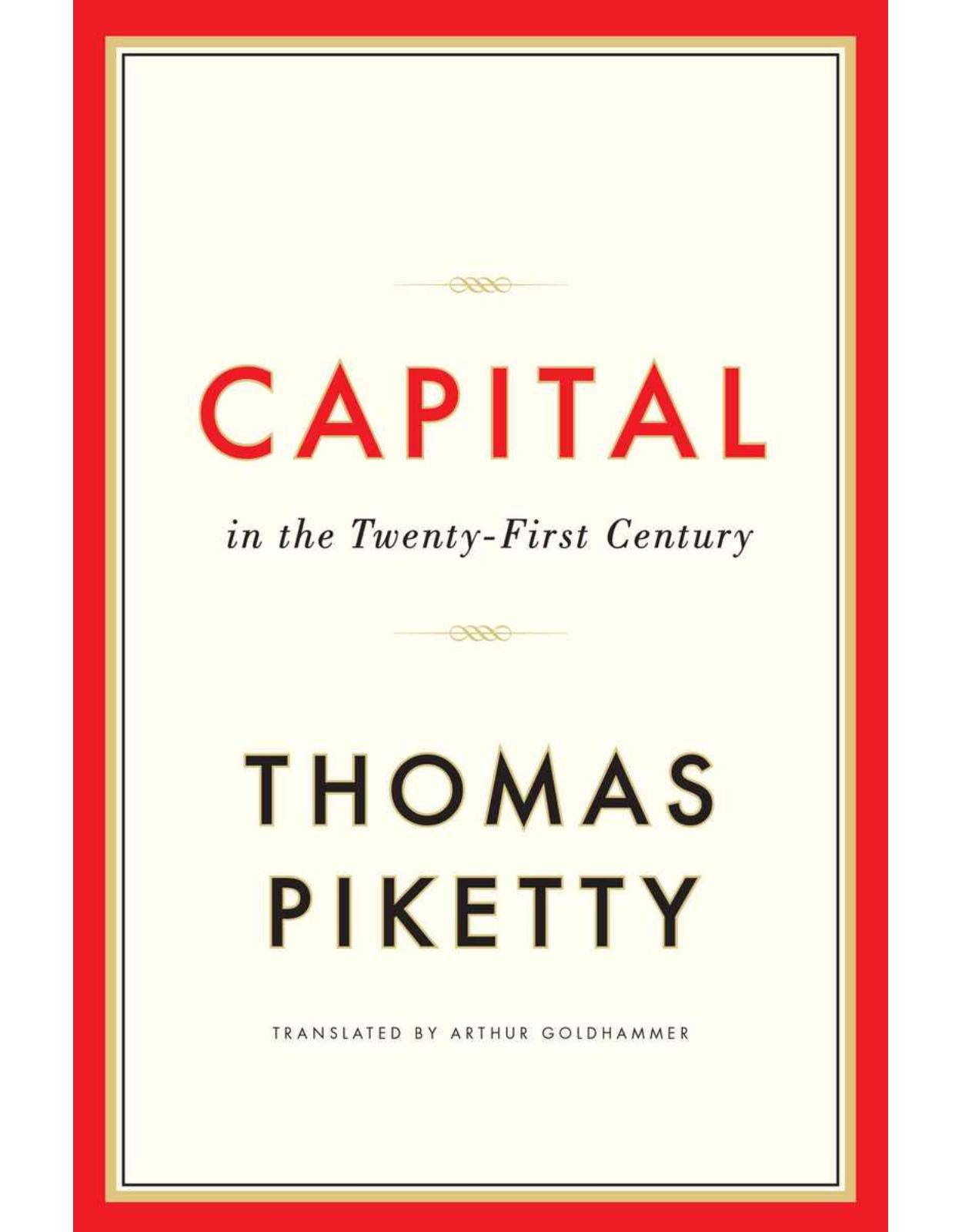
Clientii ebookshop.ro nu au adaugat inca opinii pentru acest produs. Fii primul care adauga o parere, folosind formularul de mai jos.